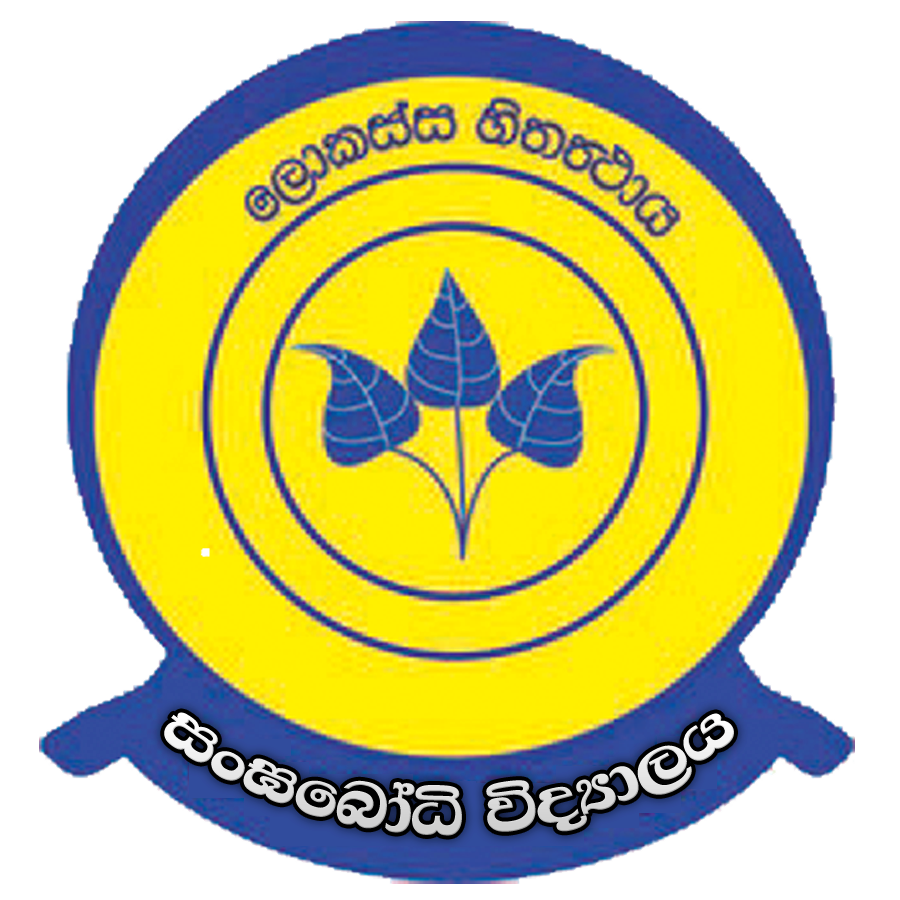A Traffic Control Association is typically an organized group or club focused on managing and improving traffic flow and safety around the school premises. The objectives and activities of such an association aim to ensure the safety of students, staff, and visitors during drop-off and pick-up times, as well as throughout the school day. Here's what you might expect from a school-based Traffic Control Association:
Objectives:
- Safety: Ensure the safe arrival and departure of students by managing vehicle and pedestrian traffic around the school.
- Education: Raise awareness among students, parents, and staff about safe driving and pedestrian practices.
- Efficiency: Improve the efficiency of traffic flow during peak times to minimize congestion and delays.
- Community Engagement: Foster a sense of responsibility and community among students and parents.
Activities:
-
Traffic Management:
- Monitoring: Oversee traffic flow during peak hours such as drop-off and pick-up times.
- Control: Coordinate with local law enforcement or traffic officers to manage traffic signals and crossings.
- Signage: Set up and maintain traffic signs and barriers to guide vehicles and pedestrians safely.
-
Safety Programs:
- Educational Campaigns: Organize events or programs to teach students and parents about road safety, including proper crossing techniques and the importance of following traffic rules.
- Workshops: Host workshops or presentations on traffic safety, involving guest speakers such as local police officers or traffic safety experts.
-
Student Involvement:
- Peer Monitoring: Engage students in monitoring and assisting with traffic control, potentially as part of a student volunteer program.
- Student Ambassadors: Appoint student ambassadors to promote safe driving and pedestrian behavior among their peers.
-
Parent and Community Engagement:
- Meetings: Hold regular meetings with parents and community members to discuss traffic issues and potential solutions.
- Feedback: Collect and address feedback from parents and staff regarding traffic management and safety concerns.
-
Collaboration:
- Local Authorities: Work with local government and traffic authorities to address traffic-related issues and implement improvements.
- School Administration: Coordinate with school administrators to ensure that traffic management strategies align with school policies and safety goals.
Benefits:
- Improved Safety: Reduces the risk of accidents and enhances the overall safety of the school environment.
- Efficient Traffic Flow: Helps manage and reduce congestion during peak traffic times.
- Increased Awareness: Educates the school community about traffic safety and responsible behavior.
- Community Building: Promotes a collaborative effort among students, parents, and staff to improve school safety.
Overall, a Traffic Control Association in a school plays a crucial role in creating a safer and more organized environment for students and staff. By actively engaging the school community and working with local authorities, the association helps to address traffic-related issues and foster a culture of safety and responsibility.










